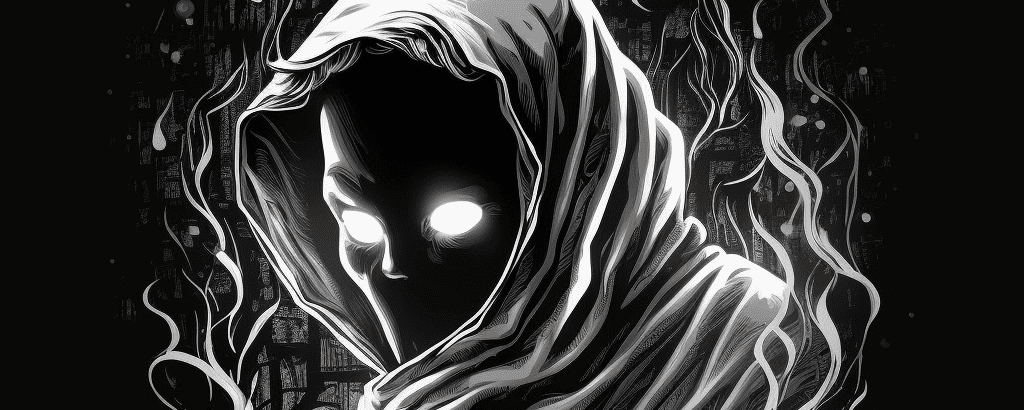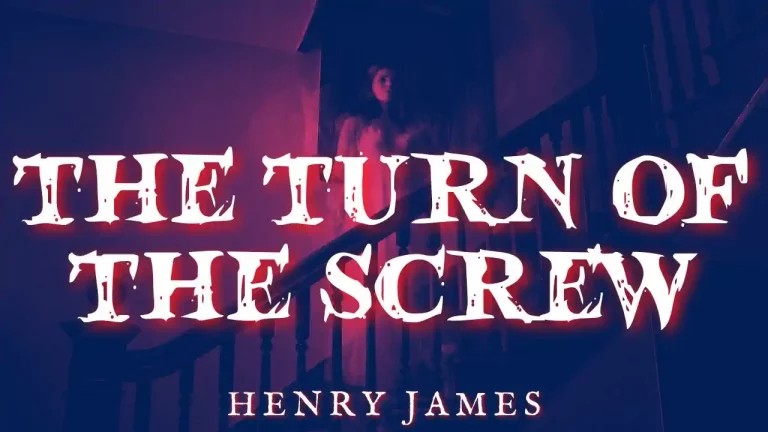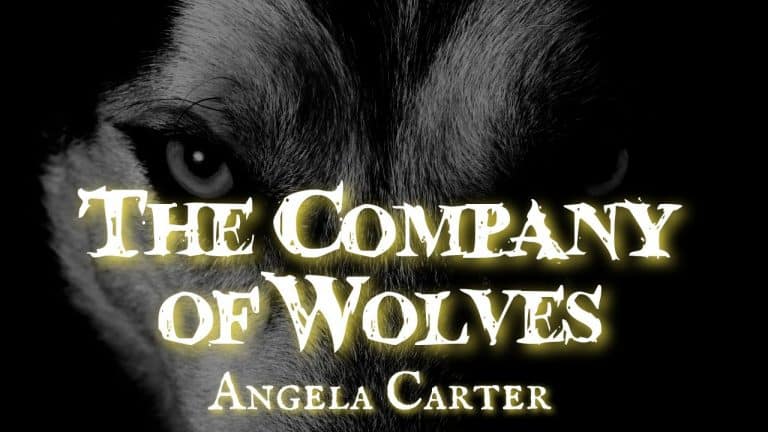
The Crowd by Ray Bradbury

Spoiler Alert! I summarise the story below. If you want to listen to it first, click the button:
Background to The Crowd by Ray Bradbury
Ray Bradbury was visiting Eddie Barrera in 1935 at his home on Washington Boulevard when they heard a loud crash. The men sprinted outside and discovered a burning automobile in front of a cemetery approximately 100 yards up the street. The passengers of the car were propelled onto the sidewalk when it collided head-on with a telephone pole. Another person, a woman, was barely alive; three individuals had already passed away.
The sight of this woman sparked a powerful impression that caused Bradbury to reflect on the incident repeatedly until, nearly eight years later, he was moved to write “The Crowd,” which was first published in Weird Tales in May 1943.
In front of Rosedale Cemetery is where the collision must have happened. The portion of the cemetery closest to Berendo and Washington is around 100 yards away.
The Story:
When The Crowd starts, Mr. Spallner has just been propelled through the air as a result of a car accident.
As he lies bleeding on the asphalt street, Spallner becomes aware that, long before the police or the ambulance, a group of curious men, women, and kids have already arrived at the site. He is lying there, looking up at the people below him, and he detects an uncanny foreboding about them.
Later, when Spallner’s taxi passes a recently occurred car accident on the way home from the hospital, he notes the witnesses look suspiciously familiar.
When Spallner witnesses yet another accident, he once more notices how quickly the crowd is forming and once more realises that many of the spectators are the same ones who were standing over him when he had his accident.
He concludes that the same group has consistently attended accidents. But before Spallner can tell the police about this, he gets into yet another terrible accident. The same group of people immediately encircles him and hangs over him, sucking up the air he needs to breathe.
This idea could simply be the product of the Spallner’s delusional or paranoid mind. Alternatively, he could be misled into believing that they are are always the same even though they are actual individuals, and he’s just paranoid.
If he isn’t delusional, the crowd could be ghosts.
They seem to know who is due to die, and who will survive. In the previous accidents, he was not destined to die, but in this latest one, he is. And if he doesn’t die of natural causes, they will kill him.
Spallner discovers the group is out to kill him when they remove him out from under his broken car under the guise of making him more comfortable. They are aware of the evidence he has against them.
Ironically, his last remarks to the crowd admit he will now become a part of their ranks. That is apparently what happens when you die.
Themes
One of Ray Bradbury’s signature literary devices is the transformation of something ostensibly normal. In this example, it is the phenomena of rubber-necking crowds that invariably assemble around accidents, suicides, and other odd public events. He turns the ordinary into the malicious. But the whole idea that deaths in automobile accidents are ordinary, is deeply odd.
Bradbury brings this into focus.
The first theme in this story calls out the fact that we have become so used to the daily death and mayhem that automobiles cause. They may kill or maim our fellow-citizens but we put up with this and even take it as normal.
It is like society has decided to pay a death tax for the convenience of the motor car and we don’t want to acknowledge this uncomfortable truth, so we choose to ignore it.
Spallner, by noticing it, emphasises this terrible truth. Having been blind to it like everyone else, he suddenly notices the trauma of car crashes, and by doing so, he becomes the odd one out.
All his normal friends think he’s gone over the top. It’s like giving this its full impact would mean such an inconvenience that car crashes are a price worth paying. When we come across an automobile wreck these days, our most common reaction is to curse the delay it causes to our journey, and then we might show a morbid curiosity in the mess as we drive by. But it’s no big deal; it’s a normal part of modern life.
The story foreshadows the absurd excesses of J. G. Ballard’s Crash (and David Cronenberg’s film adaptation of the same name.
The finest impacts in this story are driven by observations of minor details, such as how quickly a throng gathers following an accident. Bradbury describes things in minute detail, as if using a stopwatch. Our man, Spallner, after noticing the details for the first time, realises that precisely the same individuals can be observed in the crowd at simultaneous accidents in several locations across the city.
These nameless individuals can be distinguished by simple physical characteristics, such as a child with freckles, a woman with red hair, or specific face features.
They may be unknown, yet we can still identify them as the same individuals. We achieve an absolutely perfect crescendo of horror and mystery approximately two-thirds into a rather short story, and wonder what the heck is going on around here.
Our protagonist behaves almost exactly like one of them when he shows up to an accident, spots people from the group he knows, and tries to pursue them. They evade him.
In the end, he can’t escape them and succumbs to the pressure to become one of the crowd, no matter how malevolent it is.
The second theme, and the one most normally picked up is about the psychological fact that everyone is drawn to and even thrives on the suffering and problems of those around them.
The grim truth that Charles Halloway expresses in Something Wicked This Way Comes—that
“man salts his life with others’ sorrows”
—may have inspired Bradbury to write this story. Tragically, “The Crowd” closes with Spallner joining the crowd himself.
And in doing so, he gives in to the evil that he had earlier sought to combat. I recently read another Bradbury story: The Witch Door, and this again totalitarian, repressive socieities and I think we see this truth here: that the average person finds it more comfortable to fall in line with evil than stand up against it.
The third theme
This idea could simply be the product of the Spallner’s delusional or paranoid mind. Alternatively, he could be misled into believing that they are are always the same even though they are actual individuals, and he’s just paranoid.
If he isn’t delusional, the crowd could be ghosts or creepy gawkers.
In his book “The Bradbury Chronicles,” George Slusser viewed this style of Bradbury’s writings as representing the Calvinist elect. He makes a strong case, but I don’t believe there is any proof that Bradbury was aware of this interpretation while he was writing the narrative.
Buy The Book




